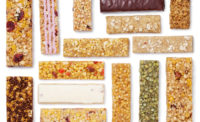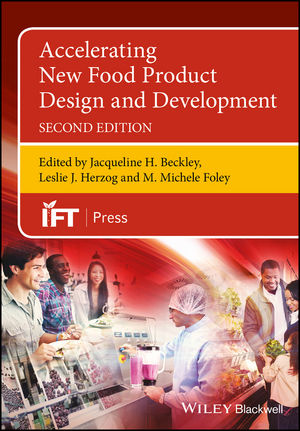Snackification of meals creates morning opportunities

It’s that time of year again. Summer isn’t quite over, but the nights are cooling off and a few leaves may already have begun to turn. Back to school. The excitement of fresh school supplies—spiral bound notebooks and a new pair of shoes—is tempered by readapting to those early mornings and “just five more minutes.” Well, those five minutes have to come from somewhere, and this often means cutting breakfast in the rush to get out the door. According to one study, only 34 percent of adults and 36 percent of teens eat breakfast each day. This may seem like an easy fix to your early morning chaos, but you are actually depriving your body of the essential nutrients and energy it needs to function.
Breakfast, it seems, is no longer held in the high regard it once was. According to Mintel research, only half of Americans agree that breakfast is the most important meal of the day. Part of this change, the report added, is due to the shift away from traditional mealtimes turning into snack times: 75 percent of consumers snack during the morning. The report also indicates that while more consumers are eating breakfast away from home, they are also seeking convenient and healthy choices.
On-the-go lifestyles are creating a more flexible approach to eating. The line between a snack and a meal is blurred. Another Mintel report shows that 70 percent of consumers believe a snack can be anything. They tend to define their snacks based on convenience, not their ingredients. Snacks aren’t just a piece of candy or a bag of chips anymore. This increase in snacking isn’t new though. 95 percent of Americans snack at least once a day and 70 percent snack two or more times. The report also notes a move toward healthy choices. Consumers are looking for snacks with protein, fiber, vitamins and minerals.
This “snackification” of meals creates a great opportunity for consumers to get their daily servings of grains—but while whole grains enjoy a health halo, enriched grains shouldn’t be counted out. Our most recent study published in Advances in Nutrition, “Refined Grains and Health: Genuine Risk, or Guilt by Association?”, explores existing bodies of published studies and reveals that refined grain consumption is not associated with any of the chronic diseases to which they usually are attributed. Refined grains are frequently characterized as unhealthy, because there is no distinction among the wide range of products that fall under the umbrella of a refined grain food. For example, ready-to-eat fortified breakfast cereal, bread and other refined-grain dietary staples have a different impact on nutrition and health than refined grain indulgences such as doughnuts, cookies and cakes.
Know your stuff before you cut. Eliminating enriched grain products will result in nutrient shortfalls. Refined grain foods that have been enriched and/or fortified help to alleviate shortfalls, including the B vitamins, folic acid, thiamin, niacin and riboflavin, and the mineral iron. Folic acid, for example, is essential for women of childbearing age to help prevent neural tube birth defects. Did you know that enriched grains are the largest contributor of folic acid in the American diet? Additionally, more than 90 percent of American adults and children fall short of dietary fiber recommendations, and 39 percent of dietary fiber comes from refined grains.
Hectic morning? Have a slice of toast and a cheese stick, half of a bagel with an apple, or a Ziploc bag of cereal and a hardboiled egg. No time to prepare something? Grab a granola bar. These are quick and tasty foods people can grab on their way out the door. As autumn falls around us, try a slice of pumpkin bread with cream cheese or enjoy an English muffin topped with apple butter. Getting back into the swing of things can be tough, but grain foods, whether eaten during a full breakfast at the table, or as a snack on the go, will provide the back to fuel consumers need.
Looking for a reprint of this article?
From high-res PDFs to custom plaques, order your copy today!







